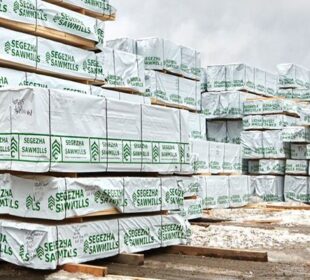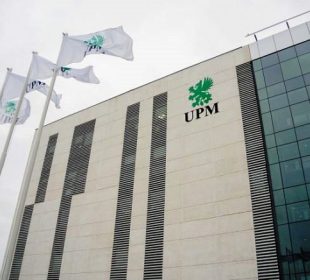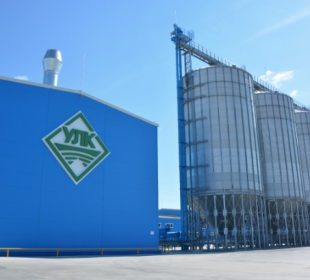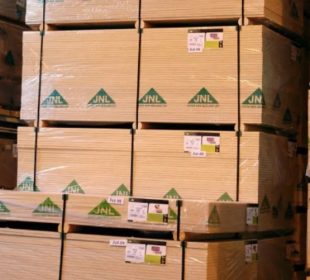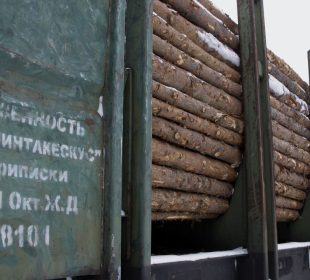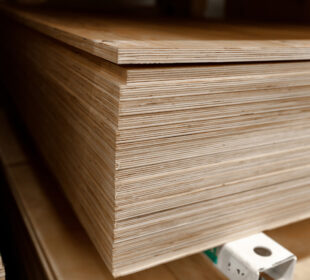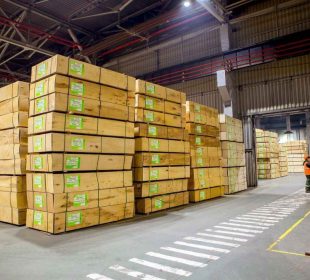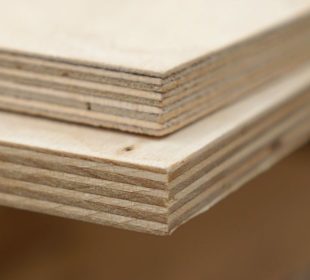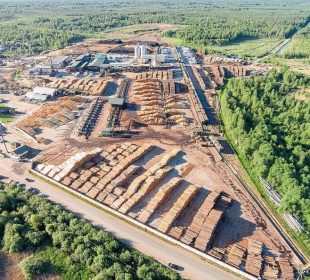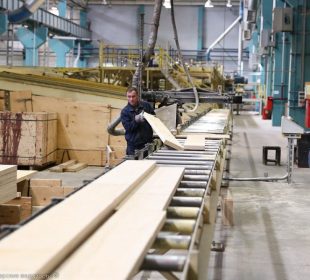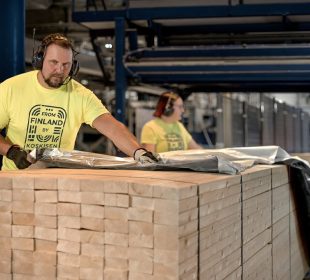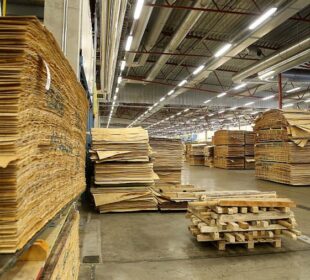Global plywood production has reached a level of about 160 million m3 in the recent years. China accounts for over 70% of this. However, shifting the focus to the birch plywood business brings out a different story.
Global birch plywood consumption is expected to grow from the current 4.5 million m³ to nearly 6 million m³ by 2030. Most of this demand is expected to be satisfied by Russian plywood.
Current status
Russian birch plywood production is concentrated in the European part of Russia in connection to the so called “birch belt”. Domestic plywood producers are the largest consumer of harvested birch logs in Russia, accounting for over 9 million m3 of logs annually.
Since 2010, plywood output has increased from 2.3 million m3 to almost 3.5 million m3, which corresponds to approximately a 3 million m3 increase in domestic consumption of birch logs.
Russian birch plywood mills are usually significantly bigger than in the other producing countries. Typical size of Finnish plywood mill is 50 – 60 000 m3 of plywood per annum. Number wise, Russian plywood mills tend to be older and some of the production equipment is outdated. Many mills are still very labour intensive. However, labour intensity has been on a declining trend for the past decade in the wood processing industry.
In order to meet the demands, set by rapid inflation and rise in labour costs, as well as higher quality requirements, modernization investments among Russian producers have focused on veneer peeling and processing (drying, patching, scarf jointing, composing, and glue application).
Prices for veneer logs are steadily increasing in Russia. Harvesting of softwood logs for sawmills has a major impact on birch plywood producers. The development of overall harvesting volumes has not been able to match the pace of demand growth for Russian birch plywood.
Labour is still relatively inexpensive, and the mill investments concentrate on improved quality. However, automation and reliability play important roles in investments, especially in areas where availability of qualified workers is low.
Birch plywood mills’ recent capacity utilization rate has expected to have been around 90% on average. For comparison, capacity utilization rate among Finnish producers has been considerably lower and has amounted to only about 60% mainly because of less flexible business environment and working policies in comparison to the competing producer countries.
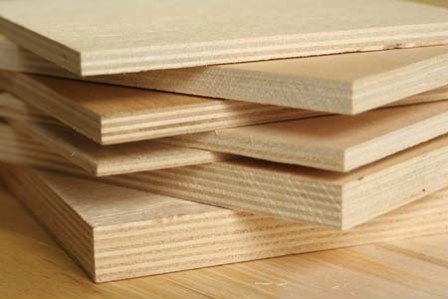
Recent trends in Russia's birch plywood market
Register for unlimited access
We work hard to bring you the latest news in the world of international wood industry. The article you are currently reading is available only to registered users.
By registering you gain access to:
Thousands of quality articles
In-depth analyses of market trends
Exclusive market price insights
And much more!



